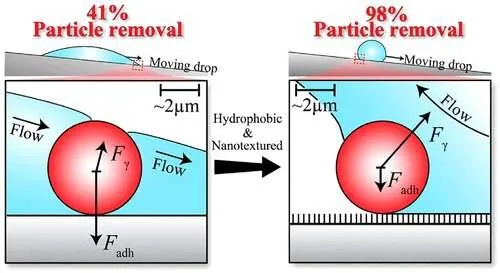Israel scientists find new way to keep dust off solar panels
- Inspired by the lotus effect, scientists from Negev-based BGU have examined mechanisms and forces that may be improved to keep dust off solar cells for higher performance. The innovative technology allows removing 98% of the dust amount from panel surface.

The latest research has shown that modification of the properties of PV cell surfaces can help minimize the quantity of dust collected on panel. This is, in turn, likely to make desert-located solar power generation more promising.
Dust on solar devices is a serious obstacle for solar energy collection for both photovoltaic and solar-thermal solutions. The innovative installations have to provide high energy harvest in such dusty locations as the Israeli desert of Negev.
The scientists have modified a silicon wafer, used in PV cells, to simulate the self-cleaning behavior of the flower of lotus. Water rolling down the lotus leaf washes away pollution.
High hydrophobicity decreases friction between surface and drips of water. As a result, water washes dust particles off the surface. But, so far, there has been no clear understanding of the forces attaching the particles to surfaces and detaching them.
For better understanding of the above forces as well as influence of nanostructures, the research team has created 4 patterns of Si-based surfaces: of smooth and nanotextures structure, featuring hydrophobic and hydrophilic properties. The samples were made through wet chemical etching to produce nanowires as well as application of a layer of superhydrophobic material.
Nanotextured hydrophobic surface has shown a 98% particle removal efficiency compared to 41% of smooth hydrophilic silicon slices. This outcome has been proven by metering the particle adhesion to different types of surfaces with the help of an AFM. The scientists have discovered that water reduces dust adhesion to one-thirtieth of its original value.
Also read


